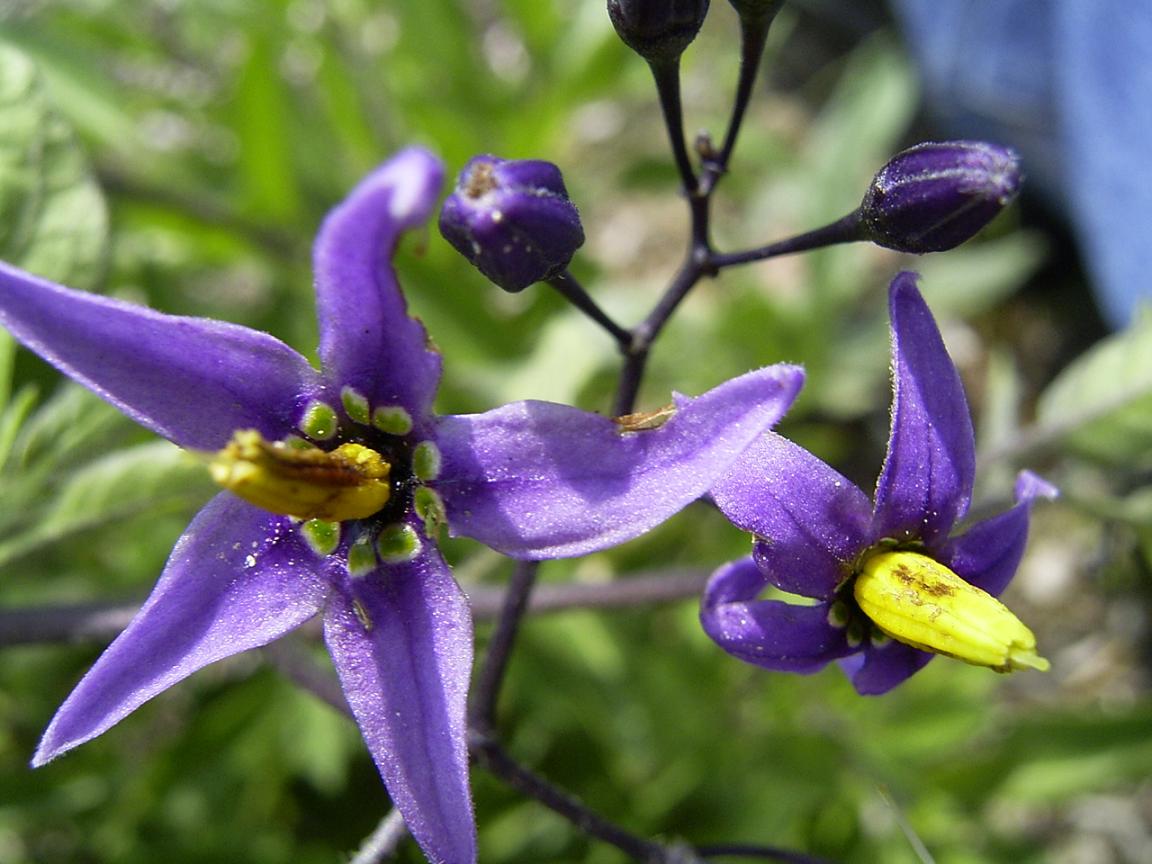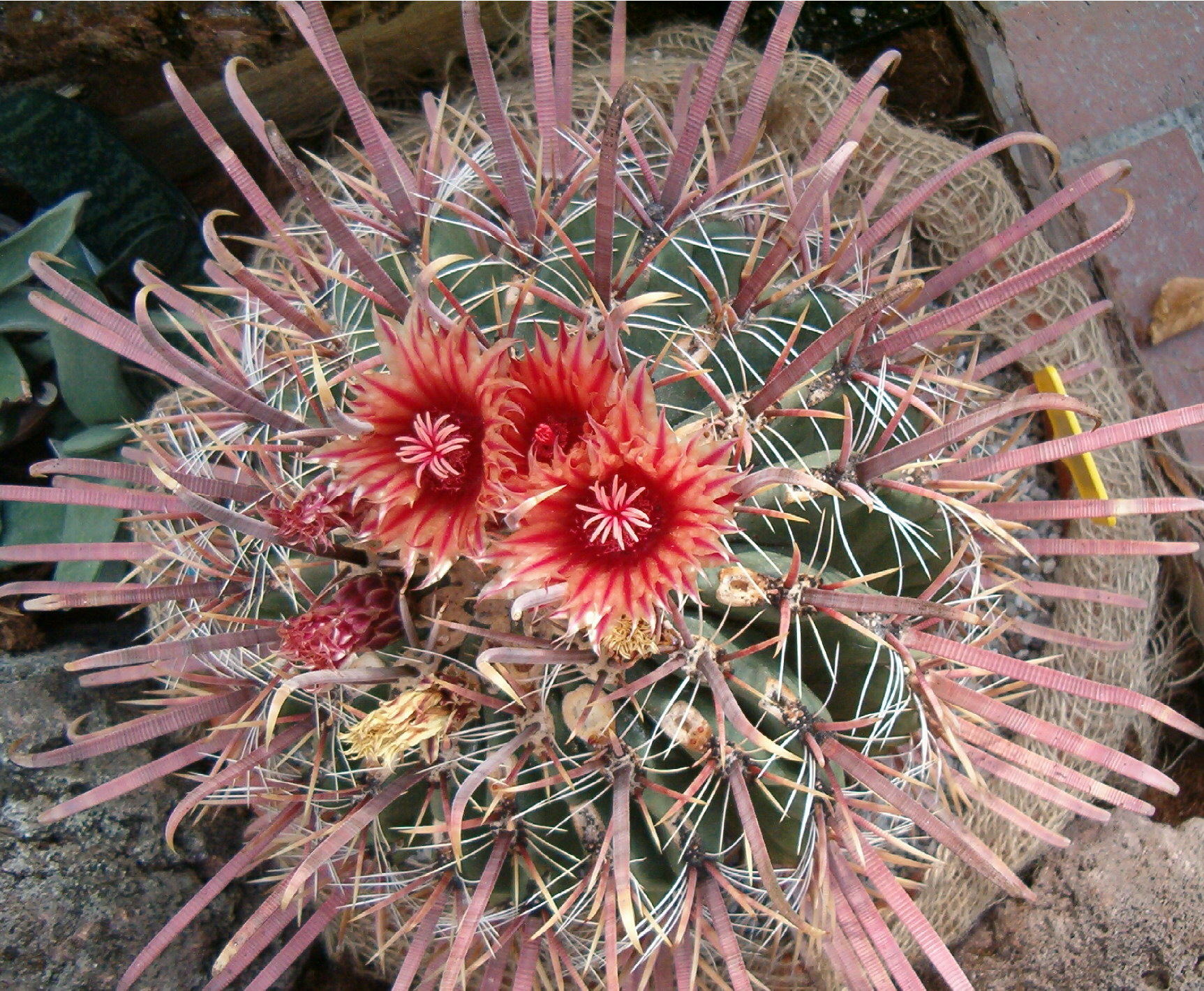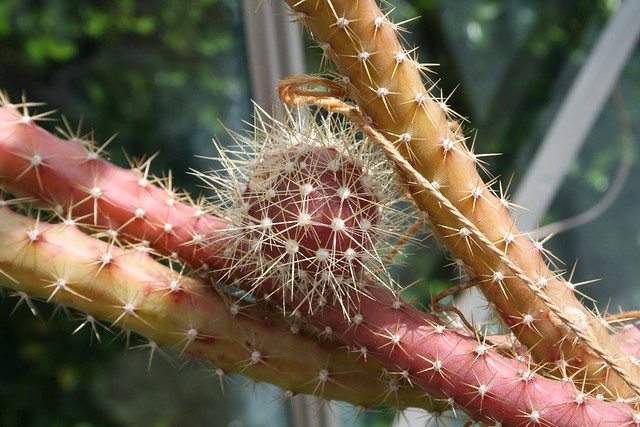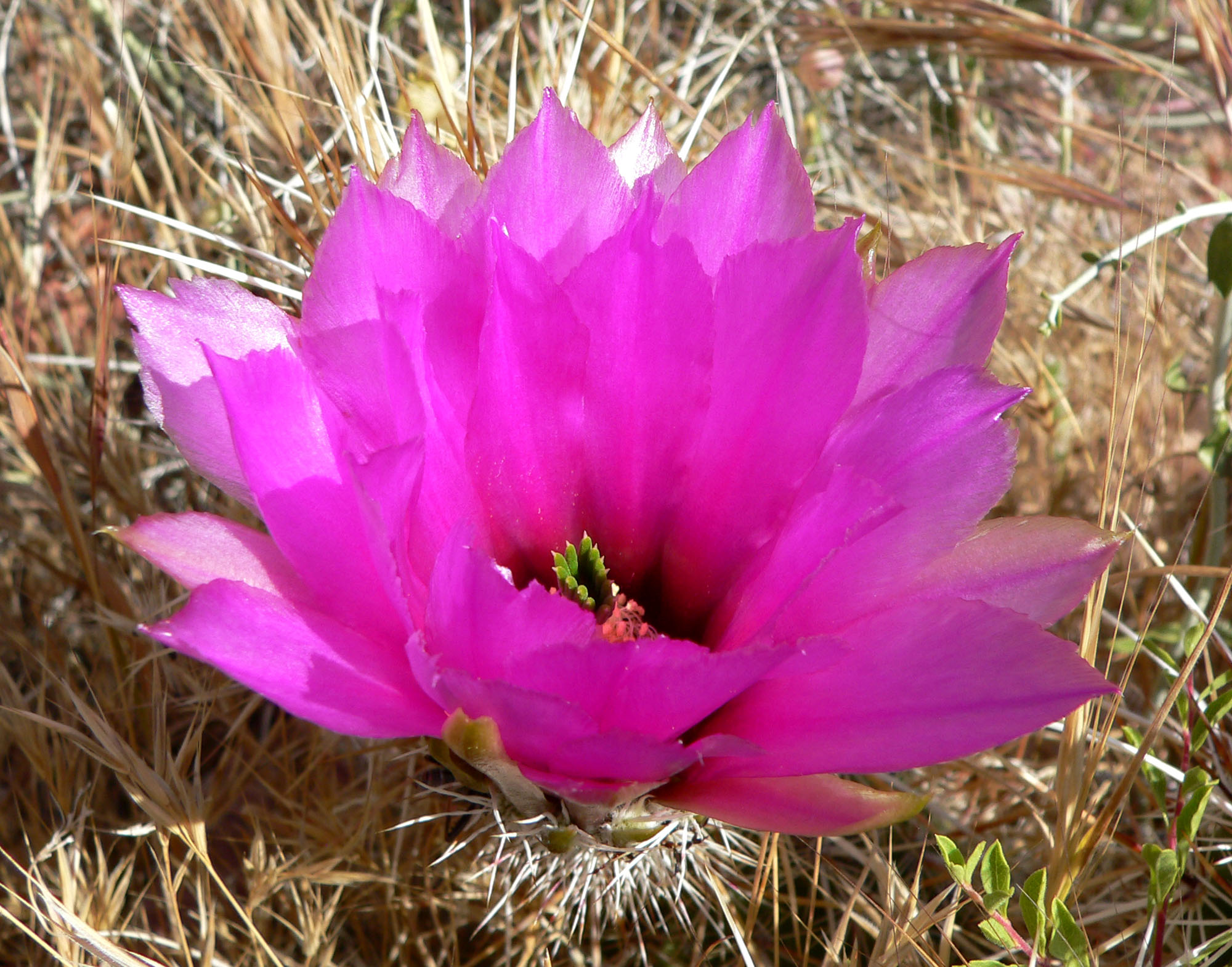It grows to be about 6-12 inches (15–30 cm). The bloom color may be pink, violet/lavender, dark purple/black, or white/near white and may bloom in late spring/early summer or, occasionally, midsummer. In the UK this plant has gained the Royal Horticultural Society's Award of Garden Merit. It grows very slowly in clay, silt, loam, silty clay, sandy clay etc. types of soil. Its minimum pH Scale is 6 and maximum pH Scale is 7.5. It grows erectly in a 'single crown' form.

It does better in generally cooler climates. Usually it is adapted to clay, silt, loam, silty clay, sandy clay, clay loam, silt loam, sandy loam, silty clay loam and sandy clay loam soils, and prefers low fertility. The plant can tolerate only a minimum temperature of -28°C / -18.4F after the occurrence of cell damage. It can survive medium heat of fire and requires at least 90 frost free days for proper growth. It is herbaceous and attractive to bees, butterflies, and birds.














